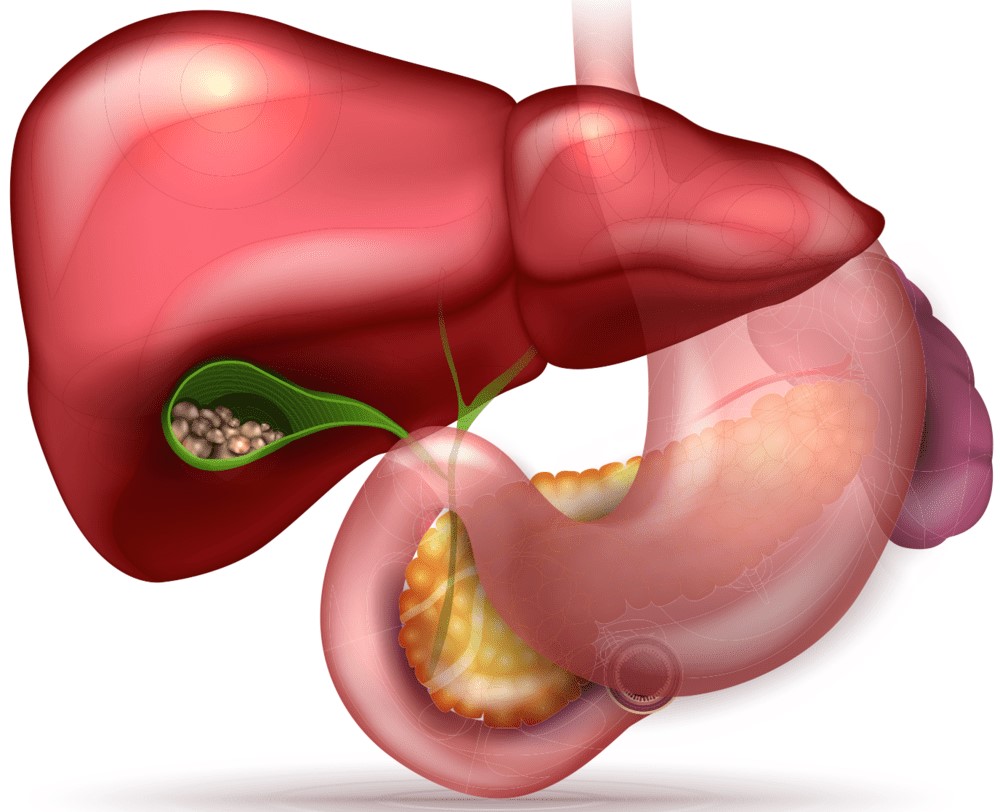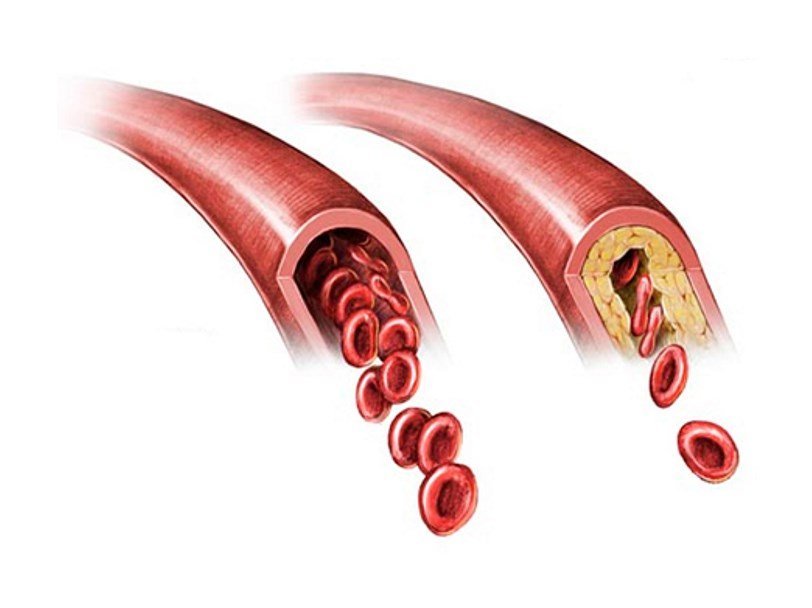WHAT IS A CIRCUMCISIO OPERATION?
Circumcisio (or, in everyday life, circumcision) is an operation to remove (partial or complete) the foreskin of the penis. This operation is by far the most widespread, fast, low-cost and effective method of treating phimosis.
INDICATIONS FOR OPERATION
The main indications for surgery are:
medical (cicatricial phimosis, chronic balanoposthitis, formation of the foreskin);
hygienic;
religious.
What are the benefits of circumcision?
Many scientific studies show the positive aspects of performing circumcisio (circumcision).
The performed operation contributes to:
prevention of urinary tract infections;
reducing the risk of contracting sexually transmitted infections;
reduce the risk of penile cancer;
reducing the likelihood of premature ejaculation and increasing the duration of intercourse.
Also, some researchers talk about a decrease in the risk of cervical cancer in women whose sexual partner has performed circumcisio (circumcision).
The operation is recommended to be performed during a period when the inflammatory process is inactive.
PREPARATION FOR OPERATION
The preoperative examination includes (the expiration dates of the tests are indicated in brackets):
blood for blood group and Rh factor (1 year);
CBC and clotting time (14 days);
blood glucose (14 days);
ALT, AST, bilirubin, creatinine, total urea protein, K, Na (14 days);
INR, fibrinogen (14 days);
F-50, RW, HBsAg, HCV (30 days);
X-ray (fluorogram) of the lungs (1 year);
general urine analysis (14 days);
ECG;
consultation with a therapist (with test results and ECG).
On the day of surgery, the hair in the pubic area and on the scrotum should be carefully shaved off.
When performing an operation under general anesthesia, you must arrive at the clinic on an empty stomach. Any, even the most insignificant, food intake is excluded, since during anesthesia this can lead to complications associated with the ingestion of vomit into the respiratory tract.
RISKS AND COMPLICATIONS
Like any other surgical intervention, circumcisio surgery (circumcision) is associated with a certain risk, however, the operation is not difficult and the percentage of complications is not high at all.
Complications: bleeding, dehiscence of the edges of the wound as a result of cutting the tissue with a suture, infection, suppuration.
Extremely rare complications that practically do not occur during the operation in a normally equipped operating room: pain shock, allergic shock, tissue necrosis, recurrence of phimosis, cosmetic defect.
TYPES OF SURGICAL TREATMENT
Circumcisio (circumcision) can be performed both under local (now less common) and under general anesthesia. The cosmetic result of the treatment performed depends on the circumcision technique and the doctor’s experience.
Let’s take a look at the most commonly used circumcisio technique, the classic circumcision.
The essence of circumcision is reduced to abduction (pulling) of the foreskin, after which a longitudinal incision is made along the upper surface, after which the foreskin is radially excised, and the outer and inner leaves are stitched together. After the operation, an aseptic bandage is applied. There is no need for inpatient treatment and the patient is discharged from the outpatient clinic with the recommendations of the attending physician.
Other types of circumcision are also possible, among which are:
Traditional circumcision.
As a rule, this technique is common among ritual circumcisions. In most cases, after such an “operation”, a rough scar is formed due to the divergence of the edges of the wound and healing in the wrong position (the leaves of the foreskin are not stitched together, as a result of which they are displaced relative to each other).
Circumcision using special disposable devices.
The most common among them are PlastiBell and PrePex. Others include (Tomlinson’s) improved Plastibell ™, Sunathrone, Tara KLamp ™, Smartklamp, Ali’s clamp, Ismail clamp, Zhenxi rings, Shangring ™, Accu-circ ™.
The essence of the devices comes down to putting it on the head of the penis (under the foreskin), after which the foreskin is tied over the device and, on average, within 7 days, the foreskin becomes “necrotic”, which is then painlessly cut off. PlastiBell is more commonly used in early childhood, PrePex from an older age.
This technique is not widespread in Russia, where today the preference is given to classical circumcision.
POSTOPERATIVE PERIOD
After the operation, some time remains soreness or discomfort (increased sensitivity) in the area of the glans penis, which passes, as the glans “coarsens”, being in constant contact with the underwear. Up to this point, local anesthetics and tighter (stretching) underwear that will not rub the head of the penis unnecessarily can help.
Caring for the head of the penis after surgery is reduced to performing daily dressings and a few days later – daily hygiene procedures. When the wound heals, there may be slight divergence (or eruption) of the stitches due to the erection.
For the first few days after surgery, you should refrain from strenuous exercise and walking long distances. You should also avoid getting urine on the wound surface – it can cause local irritation and infection of the wound surface.
Slight swelling of the glans penis https://en.wikipedia.org/wiki/Glans_penis and the skin around it after surgery is normal – don’t be intimidated. Complete healing of wounds (in some cases with the formation of scar tissue) occurs no earlier than 7-10 days after circumcision.
POSSIBLE REASONS FOR CONTACTING THE OPERATING DOCTOR
The most common reasons:
bleeding after surgery does not stop;
not urinating for more than 6 hours after circumcision;
divergence or eruption of seams;
redness and swelling around the head did not begin to decrease by 4-5 days and (or) began to increase;
there was an increase in temperature above 38 ° C and (or) the appearance of discharge of yellow (or other) color.


